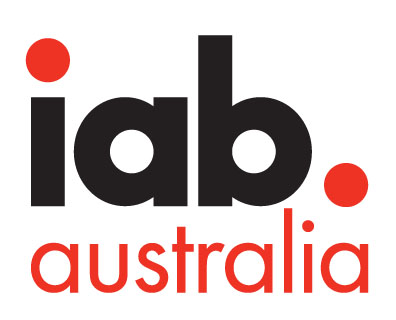
Sydney – July 20, 2017: The second wave of the IAB/PwC Invalid Traffic Benchmarks (IVT) released today reveals a decline in invalid traffic compared to 2016.
The 2017 wave shows that more than 97 percent of desktop inventory was classed as valid human traffic (compared to 96 percent in 2016) as was 98 percent of mobile (also compared to 96 percent in 2016). Video inventory was monitored for the first time in the second wave and stands at more than 98 percent. Further, the amount of inventory being monitored by the three vendors significantly increased during the second wave, indicating additional reduction in invalid traffic.
The IVT benchmark provides market-level aggregate data collected by PwC from third-party measurement vendors Comscore, Integral Ad Science (IAS) and Moat. The first wave took place between July and September 2016, with the second wave recording the period between October 2016 and March 2017.

The three third party vendor companies monitored for the benchmark have been accredited by the Media Ratings Council (MRC) based on their Invalid Traffic Detection and Filtration Guidelines, all three have been accredited for General Invalid Traffic (GIVT), with IAS and Comscore also accredited for Sophisticated Invalid Traffic (SIVT) (Moat’s SIVT accreditation is currently pending).
“The IAB strongly urges advertisers and agencies to use accredited third-party IVT measurement services to monitor and optimise inventory quality,” noted Vijay Solanki, CEO of IAB Australia. “We also echo the words of both global and local CMOs and encourage all marketers to genuinely understand IVT and ad fraud for their brand and their market. Don’t listen to vague conjecture but get into the details and the data.”
He continued, “The IAB produces these benchmarks to reinforce the importance of third party verification and to highlight the ongoing job and challenges of identifying new methods of fraudulent activity and invalid traffic. It is critical for the industry to continuously address this issue in order to build trust and accountability across the digital advertising landscape.”
IAB Australia recognises that this is an area of industry concern and one that is constantly changing. In addition to advising the use of accredited third-party IVT measurement services, it also recommends publishers, agencies and vendors ensure they are up to date with the latest global recommendations and IAB resources to maintain best practice.
IAB resources
IAB Australia supports the Good Practice Principles for Reducing Risk to Exposure to Ad Fraud developed by IAB UK. It outlines six principles that can be applied to minimise the risk of exposure to traffic fraud.
MRC resources
The MRC issued four new guidances in February 2017 that should be reviewed by the industry. Of particular note within the new guidance, is that vendors are required to empirically support identification of invalid traffic or filters, as well as to analyse and minimise material false positives resulting from them. This is to help ensure that legitimate audiences are not being blocked.
Notes to Editors: –
- The IVT Benchmarks are published twice a year to track changes in market. Data from other vendors who have been accredited by the Media Ratings Council (MRC) may also be added to future reports.
- Invalid traffic does not automatically indicate ad-fraud. While ad fraud is considered a component of invalid traffic, the traffic can include general invalid traffic such as bots, spiders, crawlers and other routine means of filtration, as well as sophisticated invalid traffic such as hijacked devices, ad tags or creative, malware and misappropriated content.
- General Invalid Traffic (GIVT): Includes traffic identified through routine and list-based means of filtration—such as bots, spiders, other crawlers; non-browser user agent headers; and pre-fetch or browser pre-rendered traffic.
- Sophisticated Invalid Traffic (SIVT): Includes traffic identified through advanced analytics, multipoint corroboration, human intervention—such as hijacked devices, ad tags, or creative; adware; malware; misappropriated content.
/Ends
About the Interactive Advertising Bureau
The Interactive Advertising Bureau (IAB) Limited is the peak trade association for online advertising in Australia and was incorporated in July 2010. As one of over 43 IAB offices globally, and with a rapidly growing membership, IAB Australia’s principal objective is to support and enable the media and marketing industry to ensure that they thrive in the digital economy.
The role of the IAB is to work with its members and the broader advertising and marketing industry to assist marketers to identify how best to employ online as part of their marketing strategy, to better target and engage their customers and build their brands.
By addressing the core pillars of growth of the online advertising industry – simplified and standard online audience measurement, research, and online operational standards and guidelines, and regulatory affairs, IAB Australia leverages the skills, experience and commitment of its members to advocate the benefits of online advertising by acting as an authoritative and objective source for all online advertising issues whilst promoting industry-wide best practice.
IAB Australia is a registered not-for-profit organisation; membership fees and revenue generated is invested back into the IAB’s membership benefits such as resources, events, reporting, and industry representation.
For further information about IAB Australia please visit: www.iabaustralia.com.au
For further information please contact:
Pru Quinlan or Sue Ralston
Einsteinz Communications
T: (02) 8905 0995
E: pru@einsteinz.com.au | sue@einsteinz.com.au